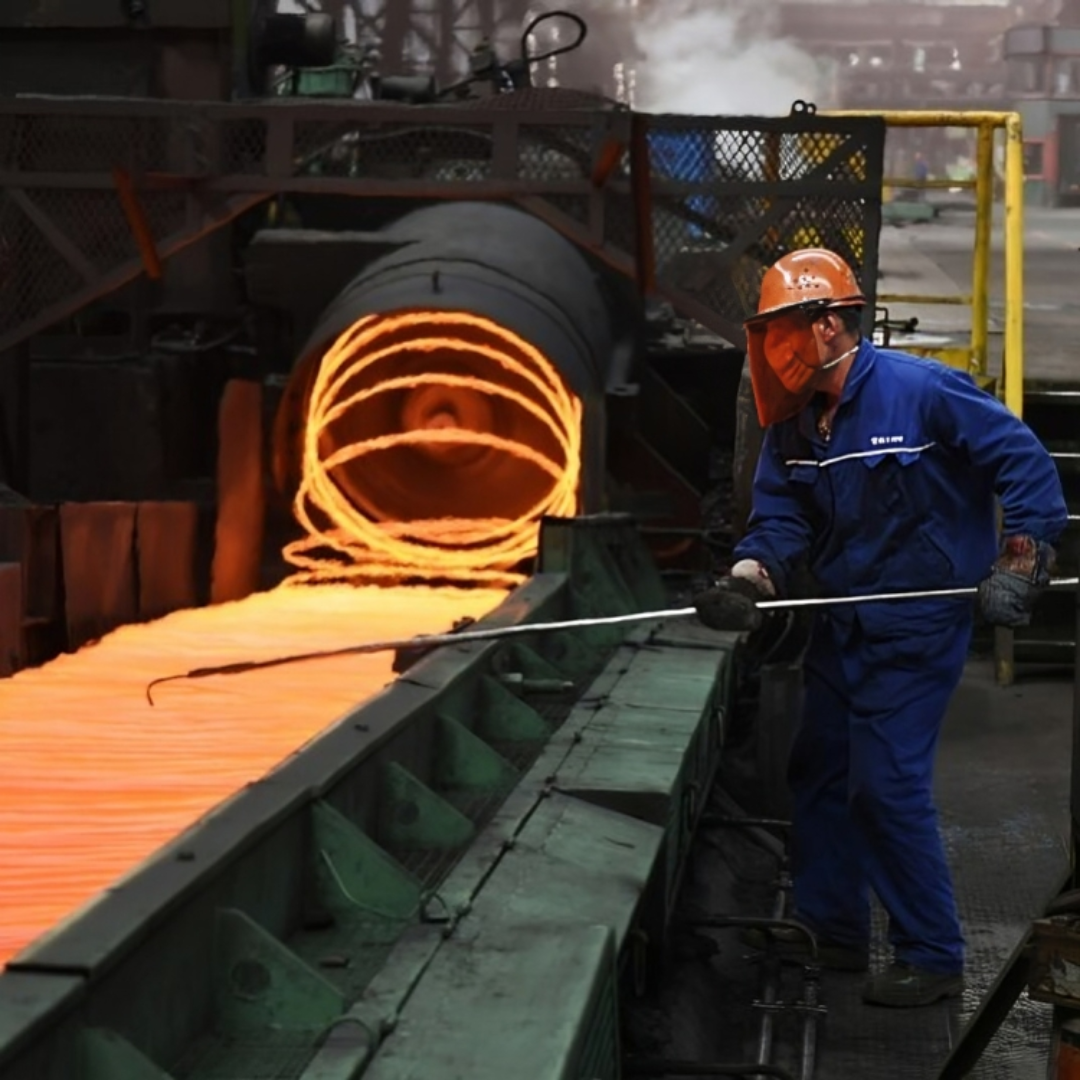Debt reduction difficulties
Leading Indian steelmakers' debt reduction and expansion goals are being clouded by the soaring cost of coal. Anshuman Bharati indicated in a recent report that increased coal prices could hurt the debt-to-operating profit ratio, which could be a hint of trouble for the industry. The article investigates the main causes of the situation and examines the effects on the Indian steel sector.
According to S&P Global Ratings, higher coal prices could impede Indian steel companies' dreams of reducing their debt, with the sector's leverage decreasing to 2021 levels if input costs stay the same. According to Anshuman Bharati of S&P, "We no longer think India's leading steel companies will shed debt in the coming fiscal year," he stated in a note. "Instead, debt should remain at the same level due to narrower steel spreads that will feed into cash flows."
Hike in metallurgical coal prices
S&P now predicts the average cost of metallurgical coal to be $270 per tonne in 2024, up from its previous projection of $220 per tonne. This is mostly because of Australia's limited supply, the Red Sea tensions, and the tremendous demand from markets outside China and India.
Several problems, including mine closures, labour disputes, and environmental regulations, limit the supply of coal used in metallurgy. Producers are profiting from higher metallurgical coal prices as a result of this. According to the recent report released by RC Market Analytics, the global market for metallurgical coal is expected to offer potential for sustainable growth between 2023 and 2030.
Steel prices & demand impacted
The National Infrastructure Pipeline's infrastructure expenditure is projected to keep up with an improvement in demand for steel in the domestic market in 2024–25 (April–March). However, this improvement may not be sufficient to offset rising input costs.
By March 2025, these steel makers' average debt-to-operating profit ratio will be 2.4 times; considering coal prices stay the same, it may surpass the 10-year median of 3 times.
Potential consequences
India wants to raise its domestic production capacity from about 155 million tonnes (MT) to 300 MT by 2030. The country's annual production will be approximately 170 MT by mid-year. The current capacity, around 155 MT, has been greatly expanded by this. India's larger emphasis on infrastructure development aligns with its steel manufacturing capacity goals. A major factor driving the increase in steel demand is the National Infrastructure Pipeline.
With governmental efforts, regulatory frameworks, and incentives, the government is a key player in fostering the expansion of the steel sector. Implementing the ambitious goals requires fostering an atmosphere encouraging investment and sustainable practices. Strong steel production is required to meet building demands due to the government's significant investments in energy, transportation, and urban development infrastructure projects.
